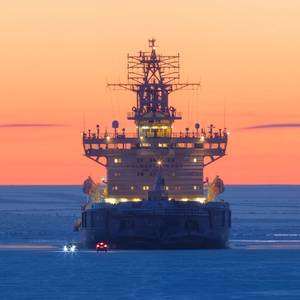
The Arctic is no longer a remote expanse beyond the edges of global commerce — it is now a contested arena where strategic competition, energy development, and maritime innovation converge. As climate change accelerates sea ice retreat, previously impassable waters are opening to navigation for longer periods each year.
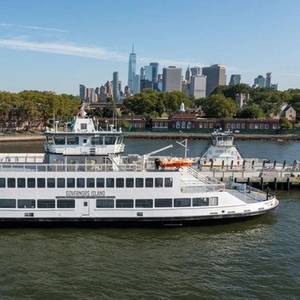
Elliott Bay Design Group (EBDG) Designs New York’s First Hybrid-Electric FerryWatch the full interview with David Turner, Projects Manager, Elliott Bay Design Group, on the technical highlights of the HARBOR CHARGER on Maritime Reporter TV:On August 12, 2025, The Trust for Governors Island unveiled the HARBOR CHARGER, New York State’s first hybrid-electric passenger vehicle ferry.
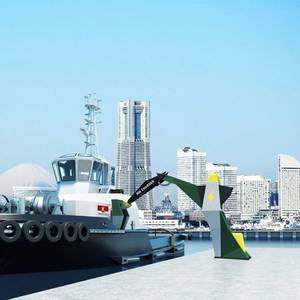
Tokyo Kisen Co., Ltd. and Marindows Inc. launched Japan’s first pure battery-powered EV harbor tugboat development project.This EV harbor tugboat will be operated in the ports of Yokohama and Kawasaki.In January 2023, Tokyo Kisen put into service “TAIGA” which was the Japan’s first series-hybrid electric-powered tugboat equipped with a large-capacity 2,486 kWh battery.
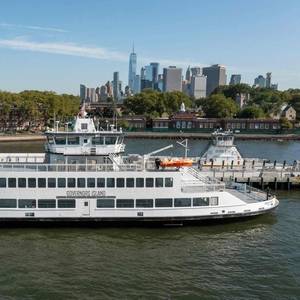
The Trust for Governors Island unveiled its new hybrid-electric ferry, the Harbor Charger, the first of its kind in New York State and aa addition to the Trust’s existing ferry fleet. The arrival of the new boat coincides with the 20-year anniversary of Governors Island opening to the public
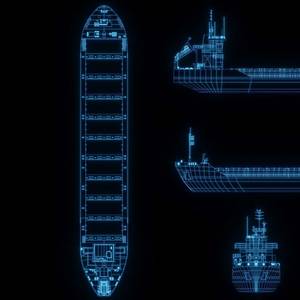
Ships are designed to operate for decades—often up to 50 years or more. While routine repairs and sometimes major retrofits are expected throughout that lifespan, these vessels must be engineered from the start with longevity in mind. As the maritime industry pushes for greener, low-emission technologies
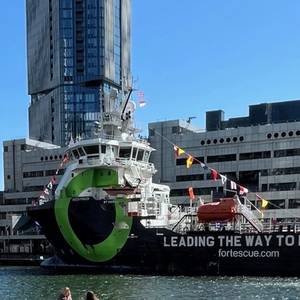
Fortescue’s Green Pioneer, billed as the world’s first ammonia dual-powered vessel, left Singapore in January of this year on voyage past the Cape of Good Hope en route initially to Southampton, both for Port State Control and to demonstrate the use of ammonia in its engines to the UK’s Maritime and Coastguard Agency (MCA), and then on to London’s Canary Wharf where is stayed through mid-April
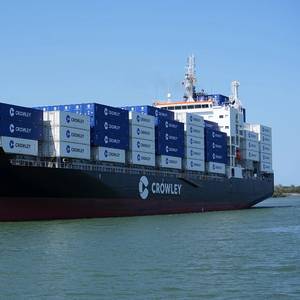
Crowley’s new LNG-powered containership Quetzal has successfully begun its inaugural commercial voyage, opening the company’s next era of faster, frequent ocean shipping with a new class of vessels for the U.S., Central America and the Dominican Republic.With capacity for up to 1,400 20-foot container equivalent units (TEUs)
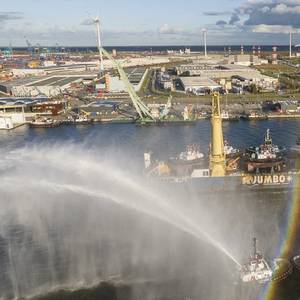
Damen Shipyards has delivered six RSD Tugs 2513 to the Port of Antwerp-Bruges in Belgium, including the first fully electric tug that will operate in a European port.The delivery consists of five RSD Tugs 2513 and one RSD-E Tug 2513.With its fully electric propulsion, the RSD-E Tug 2513 paves the way to zero emission operations.
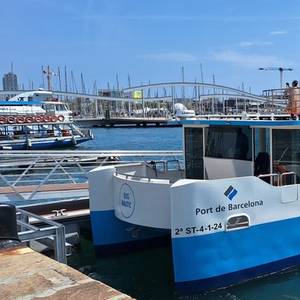
The Port of Barcelona's newest all-electric commuter ferry, the Ecocat Tres, has been delivered with an electric propulsion system by Molabo.Built by Metaltec Naval, the 15-meter aluminum catamaran transports 84 people and features a rooftop deck for additional seating. The vessel operates at least 12 hours per day, running every 15 to 30 minutes for a 10-minute journey between stops.
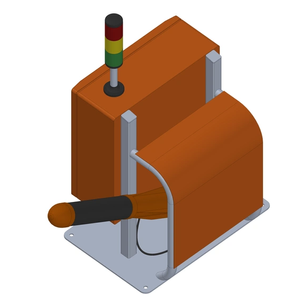
Pneumatic Line Thrower (PLT®) specialist Restech is offering service operation vessel (SOV) owners in the wind industry a preview of a new system developed to satisfy rising demands for flexibility in towing and mooring operations.A scale model of an innovative Remote Launcher TI will be on display on the VIKING Life-Saving Equipment stand (EC-40) at WindEurope 2025

International Hydrographic Organization (IHO) member states have adopted the first set of operational standards within the S-100 framework.The S-100 framework enables the integration of diverse datasets within a single Electronic Chart Display and Information System (ECDIS). Mariners will now be able to combine various data layers such as Electronic Navigational Charts (ENCs)

Sturgeoon Bay, Wis. based Marine Travelift has introduced its new Electric Series mobile boat hoists after over two years of design, manufacturing and in-depth factory testing.The 700-volt battery powered system for their 50BFMII boat hoist carries a 50 metric ton lift capacity amd performs much like a traditional Marine Travelift, but machine without the emissions of a diesel engine.